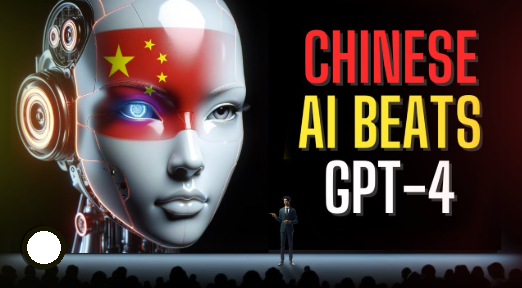🌏 China’s Market Evolution: From Manufacturing Powerhouse to AI Leader
China market investment analysis reveals why the nation’s transition from manufacturing to AI-driven leadership makes it a prime investment opportunity. but recent developments in artificial intelligence (AI) have made it even more intriguing. As China pivots from being the world’s manufacturing hub to an AI-driven technology leader, investors are questioning whether this transition marks the perfect time to dive into the Chinese market. This China market investment analysis explores how shifting economic strategies are shaping new opportunities
In this investment insights analysis, we will explore:
- ✅ The Evolution of China’s Market: Past vs. Present
- 💡 Why AI is Transforming the Chinese Economy
- 📊 Investment Opportunities and Challenges
- 🔎 Expert Opinions and Market Sentiment
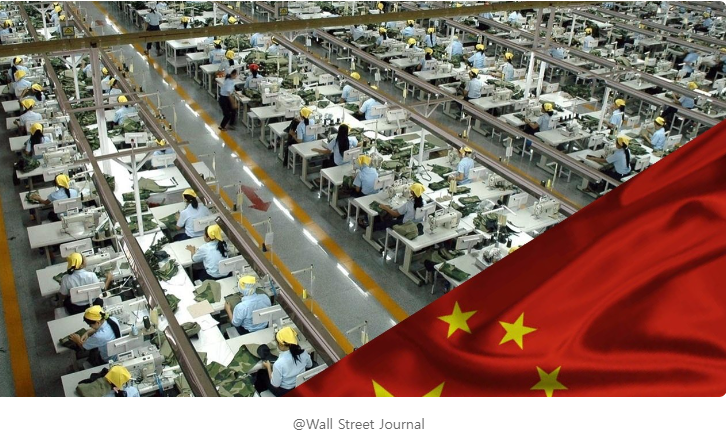
🌟 1️⃣ China Market Investment Analysis: Past vs. Present
🏭 Past: Manufacturing and Export-Oriented Economy
In the early 2000s, China emerged as the “Factory of the World”, leveraging:
- Low labor costs
- Favorable trade policies
- Government incentives for manufacturing and exports
📈 Key Metrics (2000-2010)
| Metric | Value (2000) | Value (2010) |
|---|---|---|
| GDP Growth Rate | 8.4% | 10.6% |
| Manufacturing Output | $1.2 Trillion | $3.8 Trillion |
| Export Volume | $249 Billion | $1.58 Trillion |
Why It Worked:
China capitalized on mass production capabilities, attracting global corporations like Apple, Samsung, and Nike. This era solidified China’s role as the manufacturing backbone of the global economy.
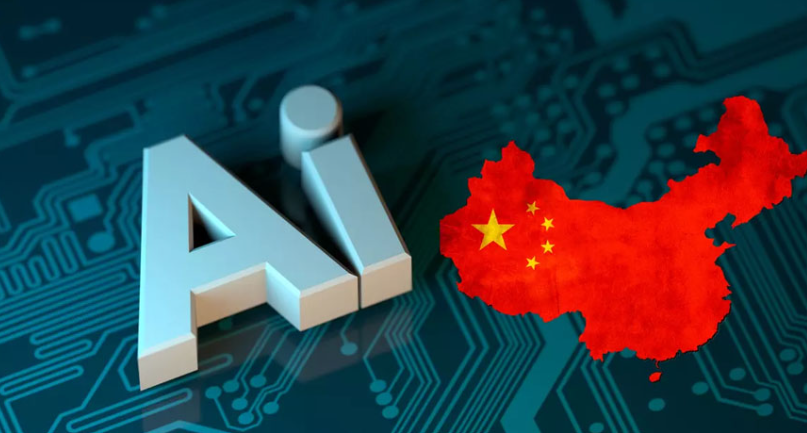
🤖 Present: AI and Technology-Driven Economy
One critical aspect of China market investment analysis is understanding the impact of government policies on tech growth.
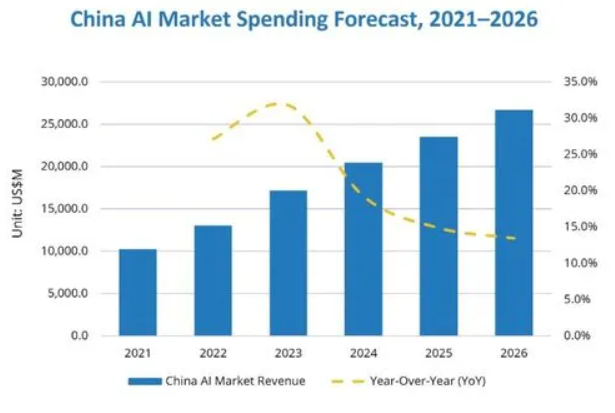
Fast forward to 2025, and China has transformed into a global AI powerhouse, fueled by:
- Massive Data Availability
- Government-Backed AI Initiatives
- Homegrown Tech Giants (e.g., Alibaba, Tencent, Baidu)
💡 AI Market Metrics (2025)
| Metric | Value |
|---|---|
| AI Market Size | $150 Billion |
| AI Startups Funded Annually | 250+ |
| Government AI Investments | $70 Billion |
| AI Patent Registrations | 30,000+ (2024) |
🔑 Key Differences: Past vs. Present

| Aspect | Past (2000s) | Present (2020s) |
|---|---|---|
| Economic Focus | Manufacturing and Exports | AI and Technology |
| Growth Drivers | Low Labor Costs, Trade Policies | Innovation, Government AI Support |
| Major Industries | Electronics, Textiles | AI, Big Data, Semiconductors |
| Global Perception | “World’s Factory” | “AI Powerhouse” |
💡 2️⃣China Market Investment Analysis: Why AI Is Transforming the Economy
Investors interested in China market investment analysis should examine the evolution from manufacturing to AI leadership.

China’s rapid shift towards AI and big data technologies is not just a trend—it’s a strategic transformation. The Chinese government has committed to making China the world leader in AI by 2030.
🚀 Key Areas of AI Investment:

- Autonomous Vehicles: Collaborations with companies like NIO and Xpeng.
- Smart Cities: Integration of 5G and IoT to build intelligent urban spaces.
- Healthcare AI: Real-time diagnostics and telemedicine applications.
- Fintech AI: Advanced payment systems like WeChat Pay and Alipay.
💡 Why It Matters:
- High Data Accessibility: China’s vast population generates unparalleled data volume.
- Government Support: Massive funding for R&D and infrastructure.
- Private Sector Innovation: Giants like Alibaba Cloud and Baidu AI are leading the charge.
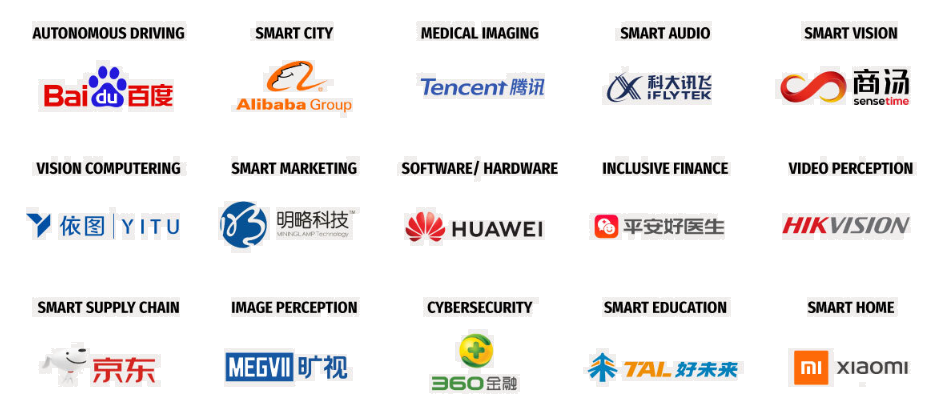
📝 3️⃣ China Market Investment Analysis: Investment Opportunities and Challenges
💰 Best Sectors to Invest In:
| Sector | Key Companies | Investment Rationale |
|---|---|---|
| AI & Tech | Alibaba, Baidu, Tencent | Strong growth potential and government support |
| Electric Vehicles (EV) | NIO, Xpeng, BYD | Innovation in autonomous and smart driving |
| Semiconductors | SMIC, TSMC | Critical to AI and high-tech manufacturing |
| Healthcare AI | Ping An Healthcare, JD Health | Expanding due to aging population and innovation |
⚠️ Potential Risks and Challenges:
🌐 Geopolitical Tensions:
- Ongoing US-China trade disputes can lead to sanctions and market instability.
📉 Economic Slowdown:
- Slower GDP growth and regulatory crackdowns on tech firms could impact profitability.
🏢 Corporate Governance Issues:
- Some Chinese companies lack transparency and reliable financial reporting.
🗣️ 4️⃣ China Market Investment Analysis: Expert Opinions and Market Sentiment
📈 Bullish Sentiment:
- Goldman Sachs: “China’s AI leadership will drive tech stock gains in the coming decade.”
- Morgan Stanley: “EV and AI sectors in China are poised for exponential growth by 2030.”
📉 Bearish Sentiment:
- JP Morgan: “Geopolitical risks make Chinese investments speculative.”
- Credit Suisse: “Tech crackdowns and lack of transparency remain key challenges.”
💡 5️⃣ Final Thoughts – Is It Time to Invest?
China’s transition from a manufacturing economy to an AI and tech-driven powerhouse presents both opportunities and risks. Investors should:
- Focus on High-Growth Sectors: AI, EVs, and Semiconductors.
- Diversify to Mitigate Geopolitical Risks: Balance with US and European tech stocks.
- Monitor Policy Changes: Stay updated on government regulations and trade policies.
